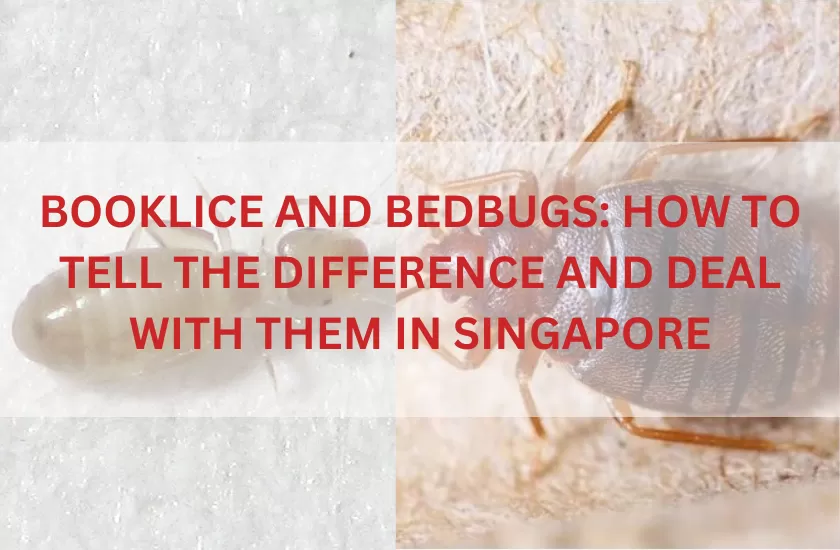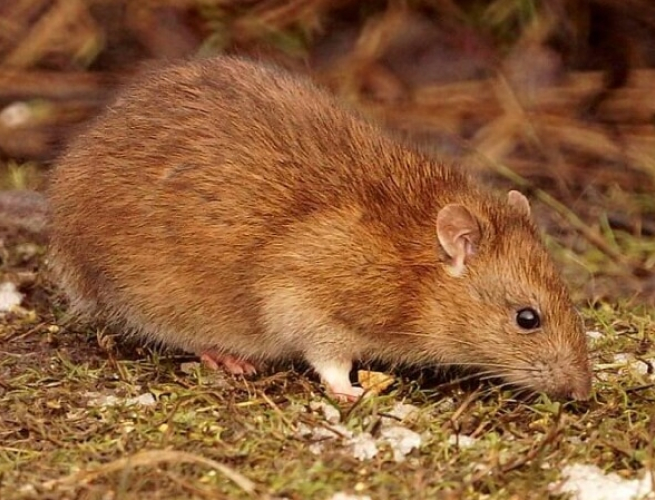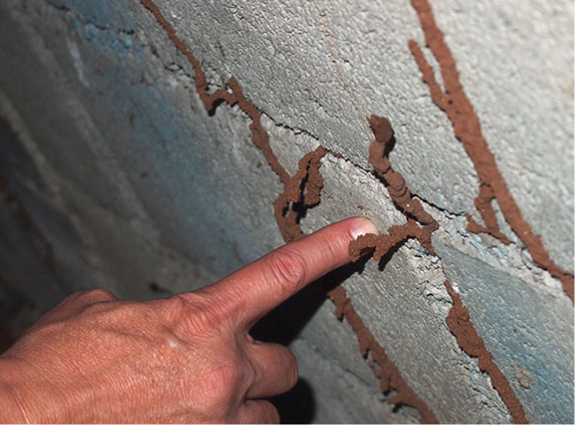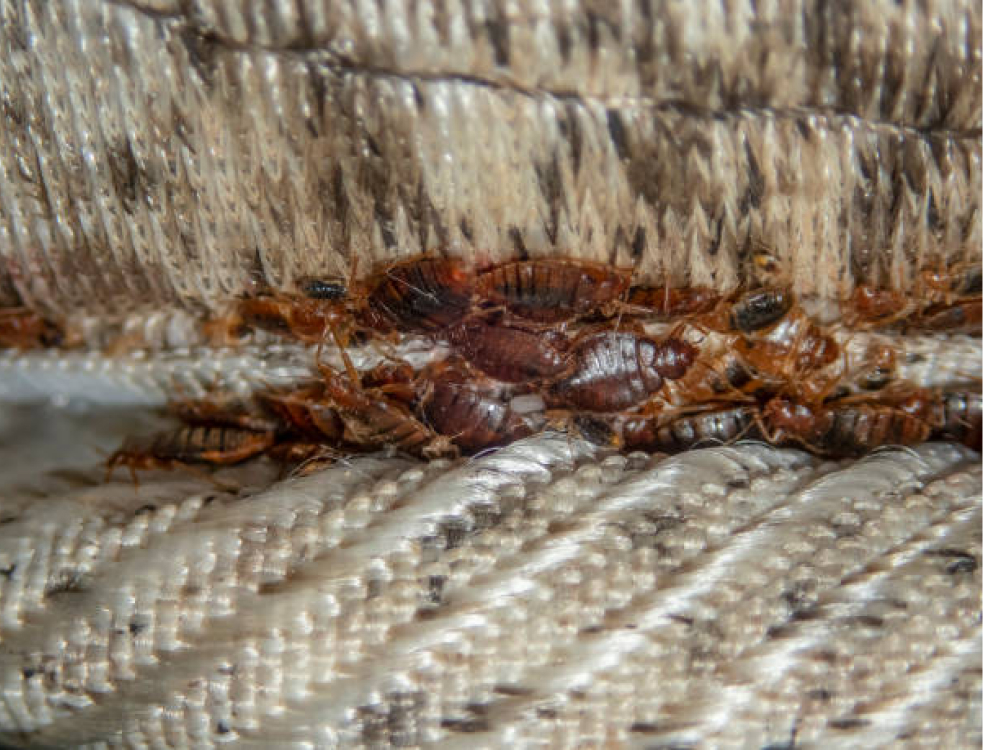In the world of household pests, few creatures are as unnerving and unwelcome as bed bugs and booklice. These tiny intruders can cause significant distress and discomfort, but it’s crucial to understand that they are two entirely different pests with distinct characteristics and behaviours. For Singaporeans battling these nuisances, knowing how to differentiate between them and effectively deal with their presence is essential. In this blog, we’ll explore the differences between booklice and bed bugs and provide practical tips for handling each of them in the Singaporean context.
Understanding Booklice
Booklice, also known as psocids, are small insects that are often mistaken for baby bed bugs due to their size and appearance. However, unlike bed bugs, which feed on blood, booklice are scavengers that primarily feed on mould, fungi, and other organic matter found in damp environments. They are commonly found in areas with high humidity, such as kitchens, bathrooms, and basements, as well as in stored food products.
Identifying Booklice
- Size: Booklice are extremely small, typically ranging from 1 to 2 millimetres in length.
- Colour: They are usually pale or translucent in colour, with soft bodies and long antennae.
- Habitat: Booklice thrive in damp, humid environments and are commonly found in areas with moisture issues, such as leaky pipes, damp walls, and water-damaged books or cardboard boxes.
Dealing with Booklice
When confronted with a booklice infestation, swift and effective action is essential to mitigate its presence and prevent further proliferation. By implementing the below-mentioned measures, you can create an environment less conducive to booklice infestation and safeguard your home and belongings.
Improve Ventilation:
Proper ventilation is crucial in reducing humidity levels in your home, which can make it less hospitable for booklice. Ensure that your home has adequate airflow by opening windows and using fans, especially in areas prone to moisture buildup such as kitchens, bathrooms, and basements. Consider installing exhaust fans in these areas to help expel humid air and prevent condensation.
Reduce Moisture:
Addressing any sources of excess moisture is essential in creating an environment that is less favourable for booklice. Check for and repair any leaks in pipes, faucets, or roofs that may be contributing to dampness in your home. Use a dehumidifier to control humidity levels, especially in areas with poor ventilation. Additionally, insulate pipes to prevent condensation and dry wet surfaces promptly to discourage booklice infestation.
Store Food Properly:
Booklice are attracted to food sources, particularly those that are moist or decaying. To prevent contamination by booklice, store food items in airtight containers or sealed plastic bags. This not only keeps food fresher for longer but also deprives booklice of potential food sources. Be vigilant in checking stored food items for signs of infestation, such as tiny holes or webbing, and discard any contaminated items promptly.
Dispose of Infested Items:
If you discover booklice in food products or other household items, it’s crucial to take immediate action to prevent further spread. Dispose of infested items in sealed plastic bags to contain the pests and prevent them from spreading to other areas of your home. Consider placing these bags in an outdoor trash bin to ensure complete removal. For non-food items, such as books or cardboard boxes, you may try freezing them for a few days to kill any booklice and their eggs before disposing of them.
Understanding Bed bugs
Bed bugs are parasitic insects that feed exclusively on blood, typically from humans and animals. They are nocturnal creatures that hide in cracks and crevices during the day and emerge at night to feed on their hosts. Bed bug infestations can be particularly challenging to eradicate and often require professional intervention.
Identifying Bed bugs
- Size: Bed bugs are slightly larger than booklice, ranging from 4 to 5 millimetres in length.
- Colour: They are reddish-brown in colour, with flat, oval-shaped bodies.
- Habitat: Bed bugs are commonly found in and around sleeping areas, such as mattresses, bed frames, and upholstered furniture.
Dealing with Bed bugs
Dealing with a bed bug infestation demands a comprehensive approach that combines meticulous cleaning, strategic laundering, and vigilant maintenance. By following these guidelines, you can regain control of your home and restore peace of mind amidst the challenge of bed bug removal.
Clean and Declutter:
One of the first steps in combating a bed bug infestation is to reduce their hiding places by thoroughly cleaning and decluttering your home. Pay particular attention to areas where bed bugs are likely to hide, such as mattresses, bed frames, bedside tables, and upholstered furniture. Remove any unnecessary clutter, including piles of clothing, newspapers, or cardboard boxes, which can provide hiding spots for bed bugs.
Launder Bedding:
Bedding and clothing can be prime hiding places for bed bugs, so it’s essential to wash them regularly to eliminate any infestations. Wash bedding, including sheets, pillowcases, and mattress covers, in hot water (at least 60°C or 140°F) to kill bed bugs and their eggs effectively. Additionally, dry bedding on high heat for at least 30 minutes to ensure thorough extermination. Consider using mattress and pillow encasements to trap any remaining bed bugs and prevent re-infestation.
Vacuum Regularly:
Vacuuming is a crucial step in removing bed bugs and their eggs from carpets, mattresses, and furniture. Use a vacuum cleaner with a high-efficiency particulate air (HEPA) filter to capture even the smallest bed bug particles. Focus on vacuuming along baseboards, seams, and crevices where bed bugs may hide, as well as in cracks and joints of furniture. After vacuuming, immediately dispose of the vacuum bag or empty the canister into a sealed plastic bag and discard it outdoors.
Seek Professional Treatment:
If you suspect a bed bug infestation or if your efforts to eradicate them on your own have been unsuccessful, it’s essential to seek professional treatment from a licensed pest control expert. Professional exterminators have the knowledge, experience, and specialized equipment necessary to effectively eliminate bed bugs from your home. They may employ a combination of bed bug treatment methods, such as chemical treatments, heat treatments, or fumigation, tailored to the severity of the infestation and the specific characteristics of your home.
Conclusion
While both booklice and bed bugs can be challenging pests to deal with, understanding the differences between them is crucial for effective management. By knowing how to identify each pest and implementing appropriate control measures, Singaporeans can minimize the impact of these intruders on their homes and well-being. Whether it’s improving ventilation to deter booklice or vacuuming for bed bugs, taking proactive steps can help ensure a pest-free living environment.
Engaging a pest control company can provide significant benefits in dealing with both booklice and bed bugs. Pest control professionals have the expertise, experience, and specialized equipment necessary to accurately identify the extent of the infestation and tailor an effective treatment plan accordingly.
For bed bug infestations, in particular, professional exterminators can employ advanced techniques such as heat treatments or fumigation, which may be more thorough and long-lasting than DIY methods. Additionally, pest control companies can offer ongoing monitoring and preventive maintenance services to help prevent future infestations and ensure continued protection against pests. By enlisting the help of a pest control company, Singaporeans can achieve peace of mind knowing that their homes are being effectively protected from the threat of booklice, bed bugs, and other pests.







